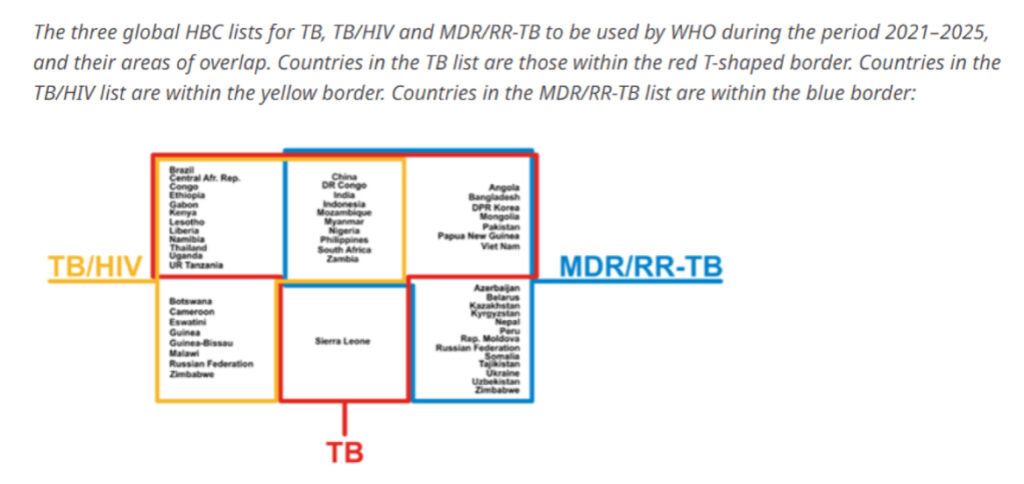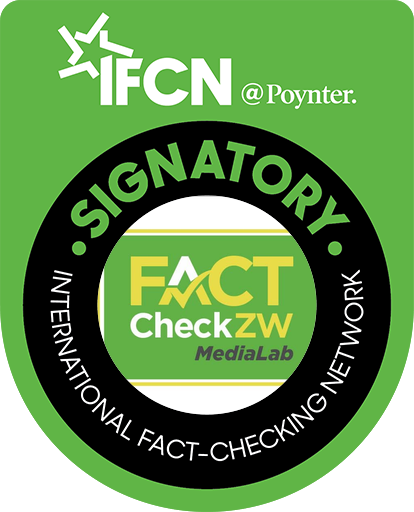CLAIM: The World Health Organization (WHO) removed Zimbabwe from the list of 30 high Tuberculosis burden countries in recognition of its success of reducing the burden of TB disease in recent years.
SOURCE: Minister of Information (Post Cabinet Briefing)
VERDICT: True, but missing context
Between 2015 and 2019, Zimbabwe made significant progress in TB management, resulting in a reduction in TB incidence (per 100,000 population per year) from 242 per 100000 in 2015 to 199 per 100000 in 2019.
Zimbabwe remains on track to achieve the 2035 Global End TB Strategy milestones. Before its removal from the TB high-burden list Zimbabwe was one of the 14 countries worldwide that appeared on all three lists of World Health Organisation’s high-burden countries for TB, TB/HIV, and multi-drug resistant TB (MDR-TB)2.
The Post Cabinet briefing statement, although true, did leave out some very pertinent and poignant information.
According to the World Health Organization (WHO), during the period 1998 to 2015, the concept of a ‘high burden country’ (HBC) became familiar and widely used in the context of TB. In 2015, three lists – for TB, TB/HIV and MDR-TB – were in use. The TB HBC list (22 countries) had remained unchanged since 2002, and the HBC lists for TB/HIV (41 countries) and MDR-TB (27 countries) had not been updated since 2009 and 2008, respectively. With 2015 marking the end of the Millennium Development Goal (MDG) era and its replacement with a set of Sustainable Development Goals (SDGs) for 2016−2030, as well as the last year of the Stop TB Strategy 2006−2015 and its replacement with the End TB Strategy 2016−2035, it was an ideal year to revisit the three HBC lists and consider their future.
The World Health Organization has defined three lists of high TB-burden countries for the period 2016-2020 to differentiate the various forms of the disease – tuberculosis, TB/HIV co-infection and multidrug-resistant tuberculosis (MDR TB). Each list contains 30 countries with high TB rate and emphasises global actions and commitment needed to fight against TB. Given overlap among the lists, 48 global countries are on at least one list and 14 countries are on all three lists, with Zimbabwe having been one of them. However, in the new 2021-2025 list Zimbabwe has been removed from one list, that is the Tuberculosis list. It, however, remains on the two other lists of TB/HIV and MDR-TB (multi drug resistant TB).

WHO maintains a global TB database and provides comprehensive country profiles based on data reported by countries. These profiles assess the TB epidemic and progress in prevention, diagnosis, and treatment.
The recent update replaced the previous list used between 2016 – 2020, and Zimbabwe is no longer considered a high TB burden country in the new 2021–2025 list.
Additionally, WHO is establishing a ‘global TB watchlist’ that includes 3 countries transitioning out of the high-burden list but still warranting continued attention and support. These countries are The Russian Federation, Cambodia and Zimbabwe.
Conclusion
In summary, Zimbabwe’s removal from the high-risk TB countries list reflects progress in TB management, but efforts to prevent and fight TB continue. The claim that ‘the World Health Organisation (WHO) removed Zimbabwe from the list of 30 high Tuberculosis burden countries in recognition of its success of reducing the burden of TB disease in recent years’ has been rated as true but with missing context. The missing context is that the WHO has 3 TB lists and Zimbabwe has only been removed from one (TB list), remaining on the other two – the TB/HIV list and the MDR/RR-TB list.







